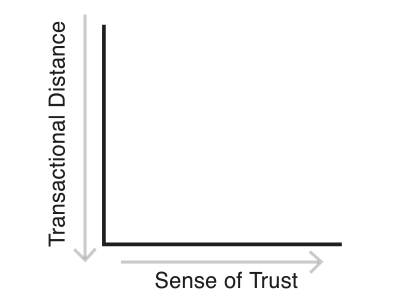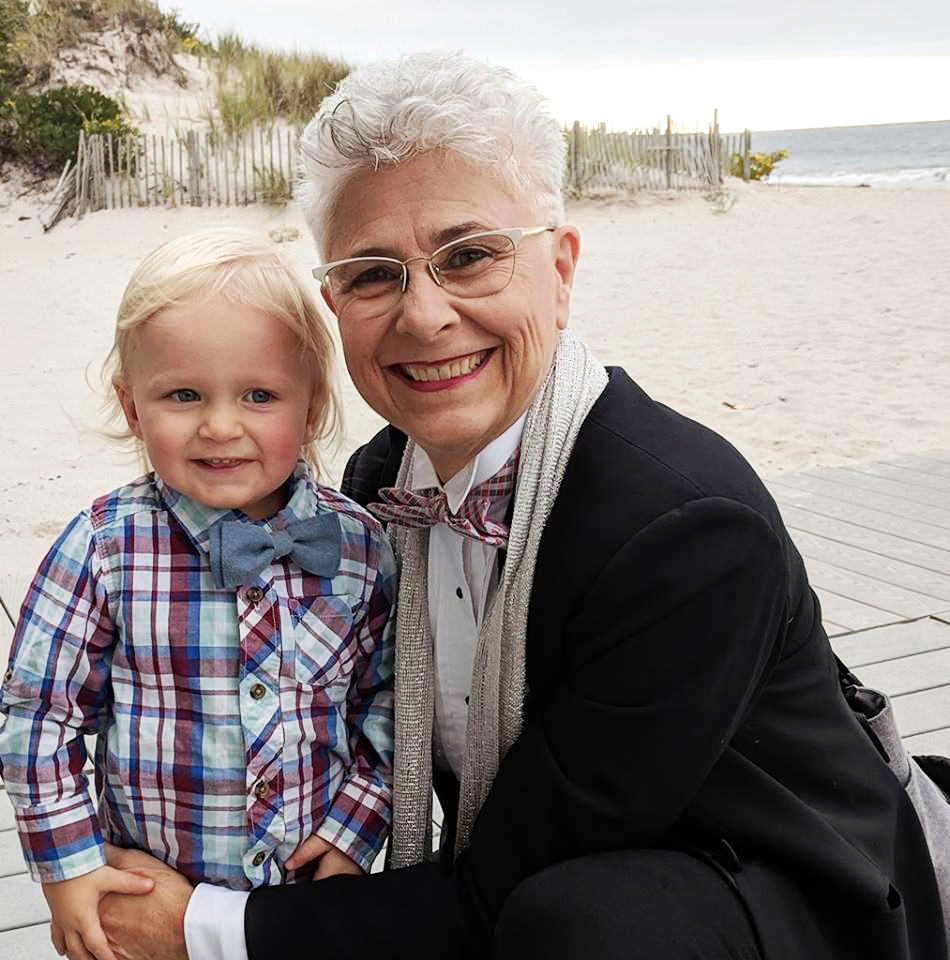2002
First online degree program
Elena Garofoli, Senior Instructional Designer
Summer Garrard, Media Producer

With over 34,000 undergraduate and graduate students from more than 130 countries, over 10,000 faculty and staff, 17 schools and colleges, and more than 300 programs of study across three different campuses.
source: http://www.bu.edu/info/about/
First online degree program
MET MGMT, Computer Science, Sargent Doctorate (2004), CFA Music Ed (2005)
MSW (2011), STH (2013), SED: 1st of several degree programs (2015)
21 fully online programs and 32 fully online certificates.
Zero outsourcing for marketing and recruitment.

Instructional
DesignerInstructional Designers work in close partnership with faculty developing and building lecture content & assignments
Media
ProductionMedia production team manages video shoots
and development of rich-media learning objects.
Faculty & Student
SupportFaculty and Student Support Administrators handle all aspects of course delivery.

• Reduce Transactional Distance
• Increases Sense of Trust
• External Motivation

Gagne’s 9 Events of Instruction
The first of the nine steps is Gain Attention

No learning takes place without attention and some form of memory. Without attention, information will not be retained in working memory. Novelty is also one of the keys to gaining attention (Fleming & Levie, 1978).
Our attention is drawn to what is new or unexpected in our sensory field. When the brain perceives data as relevant it lessens the cognitive load.
Because we know from neuroscience that the brain changes constantly with experience, and that storytelling is able to function as a mechanism that causes brain changes. Emotionally engaging narratives have been found to cause release in oxytocin increasing empathy leading to action (Zak 2015).
“This finding makes sense: If we do not attend to a story, it will not pull us into its narrative arc…If a story does not sustain our attention, then the brain will look for something else more interesting to do…Narratives that cause us to pay attention and also involve us emotionally are the stories that move us to action.”


Throughout his ministry, Walter Rauschenbusch lamented that Americans were largely ahistorical. In many ways, I think he was right especially when one looks at American religious history.
One of the things that I’ve always appreciated about Rauschenbusch is he took the study of church tradition seriously. As we learned in module one, Rauschenbusch didn’t see history leading us to some sort of primrose outcome. However, he shared Martin Luther King, Jr.’s assertion that “the moral arc of the universe is long and bends toward justice.” For Rauschenbusch, and many of the persons who we’ll read in module 2, the possibilities of social change were realized when faith communities worked, in partnership with God, to change history.
Rauschenbusch and other social gospel leaders of his generation, often used the German word, Zeitgeist, meaning, “the spirit of the times,” as a way to capture this creative tension when individuals recognize the opportunities presented at a given moment to change history. Two generations after Rauschenbusch’s death, King employed this same language in speaking about the possibilities of social justice—seizing upon the opportunities that God presented humanity at particular times to act decisively to change history.
Module two introduces us to a wide range of 20th-century religious leaders who emerged in the generations following the death of Walter Rauschenbusch in 1918. While these voices critiqued many assumptions coming out of the early social gospel, they were united by a shared belief that religion’s chief purpose was to work for the creation of a just society. As we discern how the social gospel legacy developed through much of the twentieth century, I’d ask you to keep in mind how the stories of persons who we’ll be studying over the next several weeks speak to your own ministries -- and might be applicable to the contexts that you serve.
To thine own self be true.
Without questioning the devotion of this individual, her confusing a famous line from William Shakespeare's Hamlet with the Bible tells us something important about American religion.
A consequence of this individualism is the belief that religious traditions are an impediment to uncovering God's will. In some way, the phrase, "to thine own self be true" can become a convenient barrier to listening to other voices that could enrich and deepen our own faith.
As a church historian, Walter Rauschenbusch sought to get people to think less about the eye of faith, and to focus on the we. As with many other social gospel leaders of his time, he was fond of the German term zeitgeist, meaning the spirit of the times, as a way to capture this creative tension when individuals recognize a common bond and destiny to work, in partnership with God, to change history.
Two generations after Rauschenbusch's death, a young Baptist minister, Martin Luther King Jr., employed this same language in speaking about the possibilities of social justice, seizing upon the opportunities that God presented humanity at particular times to act decisively to change history.
I believe that one of the most difficult aspects of ministry in any setting is-- how do you balance the competing visions of individuals in your context while staying focused on broader visions that potentially can move a community to a completely different understanding of its mission? As we move through this course, I hope you will reflect how the social gospel legacy provides a means for you to accomplish this balance in your context.
Take some time to create a video script in which you introduce yourself.
Try to integrate a story that reveals something about yourself for other people to connect to.

Senior Instructional Designer

Office of Distance Education
garofoli@bu.edu

Media Producer

Office of Distance Education
sgarrard@bu.edu